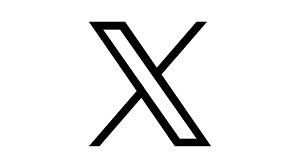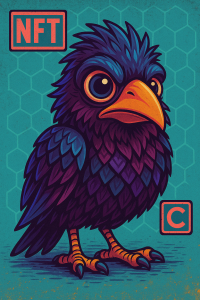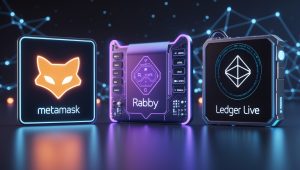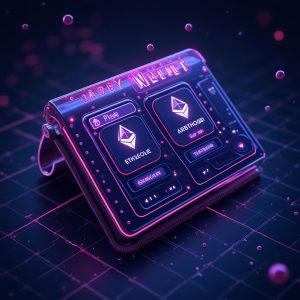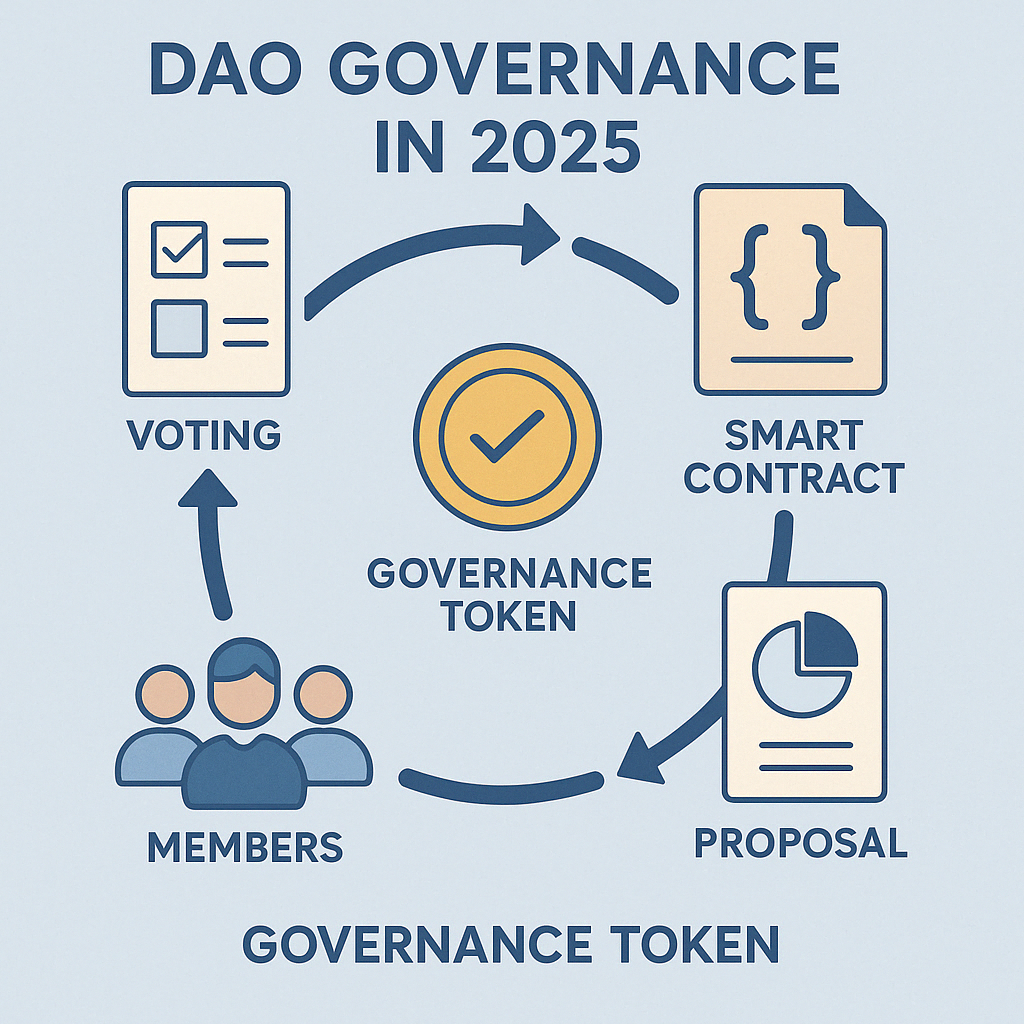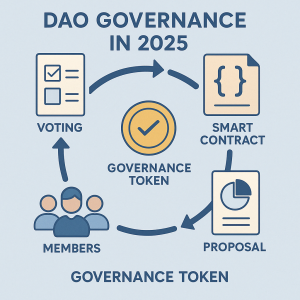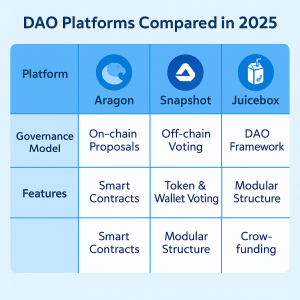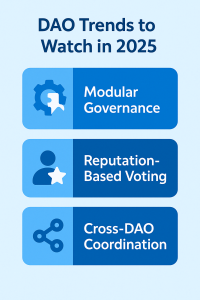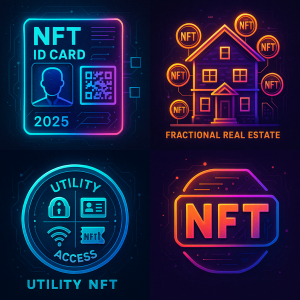In the decentralized world of Web3, a wallet is more than just a place to store your crypto. It’s your passport to the blockchain — your digital identity, your key to decentralized finance (DeFi), NFTs, dApps, and more. In this guide, we’ll explain what a Web3 wallet is, how it works, and how to choose the right one in 2025.
What Is a Web3 Wallet?

A Web3 wallet is the most essential tool in your journey through the decentralized internet.
A Web3 wallet is a digital application or hardware device that allows you to securely store and manage crypto assets, interact with decentralized applications (dApps), and prove your identity on-chain. Unlike traditional wallets, Web3 wallets give you full control — no bank, no middleman.
Types of Web3 Wallets
🔹 Hot Wallets
-
Software-based
-
Examples: MetaMask, Trust Wallet, Rainbow
-
Best for frequent transactions
-
Risks: More vulnerable to phishing and malware
🔹 Cold Wallets
-
Hardware or offline storage
-
Examples: Ledger Nano, Trezor
-
Best for long-term holding
-
Risks: Can be lost or physically damaged
🔹 Custodial vs Non-Custodial
-
Custodial: You trust a third party (e.g., exchange)
-
Non-custodial: You hold your own private keys
-
Rule of thumb: Not your keys — not your crypto.
How Web3 Wallets Work
Each wallet contains a public address and a private key.
-
Public address: used to receive crypto, like your email
-
Private key / seed phrase: your access to the wallet (NEVER share it)
Most wallets interact with the Ethereum blockchain and support EVM-compatible networks like Polygon, Arbitrum, Base, etc.
What Can You Do with a Web3 Wallet?
-
Mint and hold NFTs
-
Access DAO governance
-
Send, receive, and store tokens
-
Authenticate with Lens, ENS, or Farcaster
Security Tips for Beginners
-
Back up your seed phrase on paper — never online
-
Use a hardware wallet for large amounts
-
Double-check dApp permissions
-
Watch out for phishing sites and fake extensions
Popular Wallets in 2025
| Wallet | Type | Best For |
|---|---|---|
| MetaMask | Hot wallet | Ethereum & dApps |
| Ledger Nano X | Cold wallet | Long-term security |
| Rainbow | Hot wallet | User-friendly UI |
| Trust Wallet | Hot wallet | Multichain support |
Cold Wallets in Detail: Are They Worth It?
While hot wallets offer convenience, cold wallets are the go-to option for long-term crypto holders. These are physical devices (like Ledger Nano X or Trezor) that store your private keys offline, making them immune to online attacks.
Unlike hot wallets, which are always connected to the internet, cold wallets stay disconnected unless you manually plug them in. This isolation provides maximum security — ideal for storing large amounts of assets or long-term holdings.
However, cold wallets come with downsides:
- They cost money (typically $60–$150)
- If lost or damaged, and without a proper backup, your funds may be unrecoverable
- Not ideal for daily DeFi or NFT activity due to low speed and mobility
For beginners, starting with a trusted hot wallet like MetaMask is perfectly fine. But as your portfolio grows, combining both wallet types is the smartest way to secure your Web3 identity and assets.

Frequently Asked Questions (FAQ)
What is the difference between a Web3 wallet and a crypto exchange account?
A Web3 wallet gives you full control over your private keys and lets you interact directly with dApps. A crypto exchange account (like Binance or Coinbase) holds your funds for you — meaning it’s custodial.
Do I need a Web3 wallet to buy NFTs?
Yes, most NFT marketplaces like OpenSea or Rarible require a Web3 wallet such as MetaMask or WalletConnect to mint, buy, or trade NFTs.
Is it safe to use Web3 wallets on mobile?
It’s safe if you follow basic precautions: only use trusted apps, secure your phone, and back up your seed phrase offline. For large holdings, use a hardware wallet instead.
Final Thoughts
A Web3 wallet is your key to participating in the decentralized internet. Whether you’re trading tokens, minting NFTs, or voting in DAOs, choosing the right wallet is the first step in protecting your assets and identity. Start with a hot wallet, learn the basics, and upgrade to cold storage as needed.
📩 Call to Action
Want more beginner-friendly guides on Web3?
📬 Subscribe or follow CryptoNav for daily insights!
Final Thoughts
A Web3 wallet is your key to participating in the decentralized internet. Whether you’re trading tokens, minting NFTs, or voting in DAOs, choosing the right wallet is the first step in protecting your assets and identity. Start with a hot wallet, learn the basics, and upgrade to cold storage as needed.
🔗 Guide on DAOs or Decentralized Governance
✅ Call to Action
Want more beginner-friendly guides on Web3?
📩 Subscribe or follow CryptoNav for daily insights!📣 Find more insights & connect with us:
